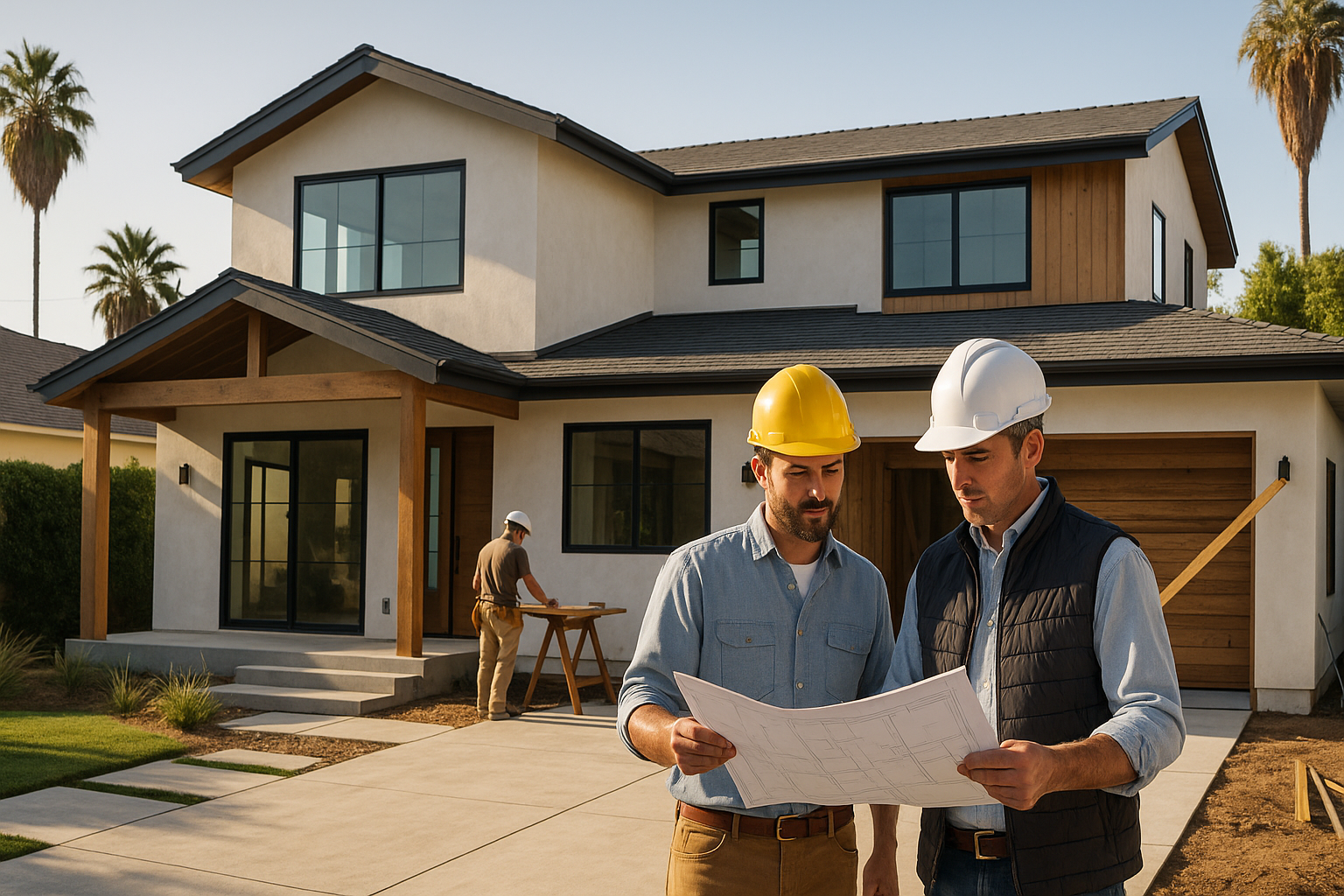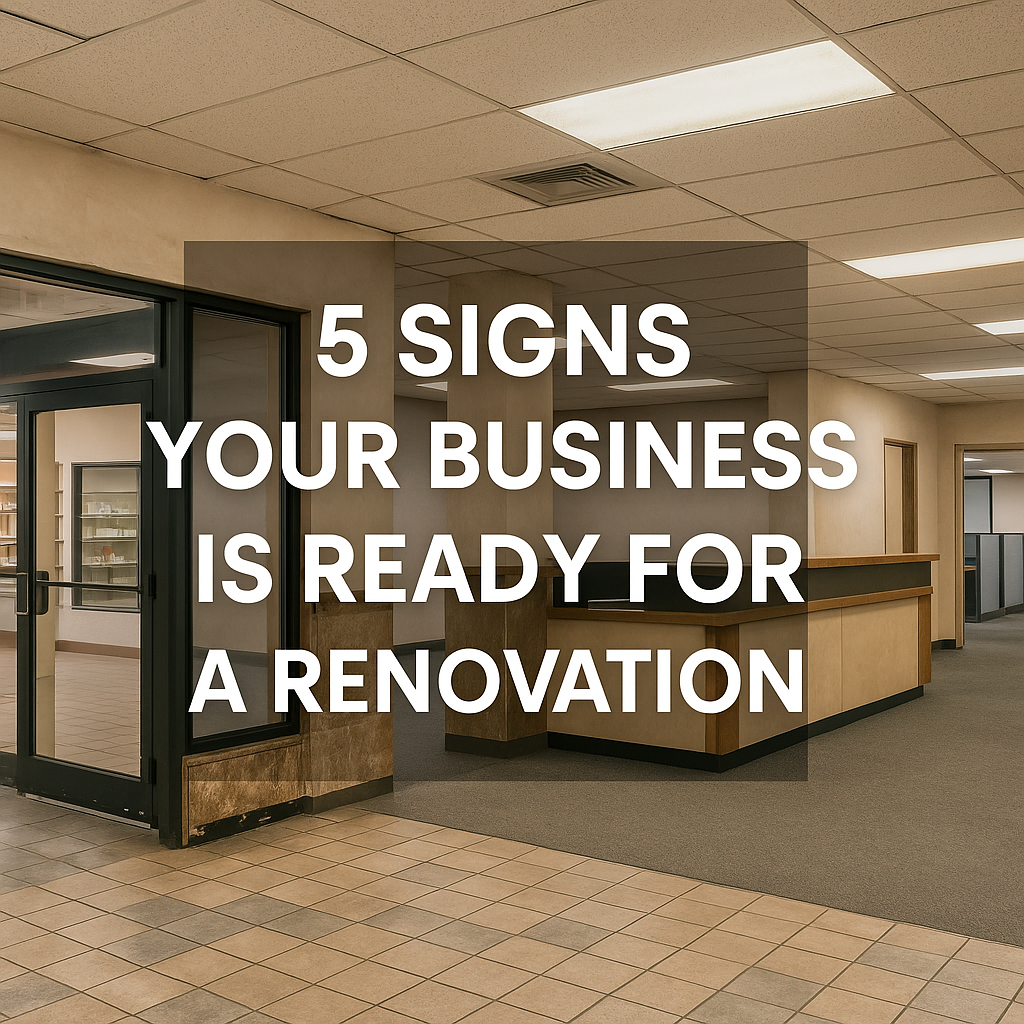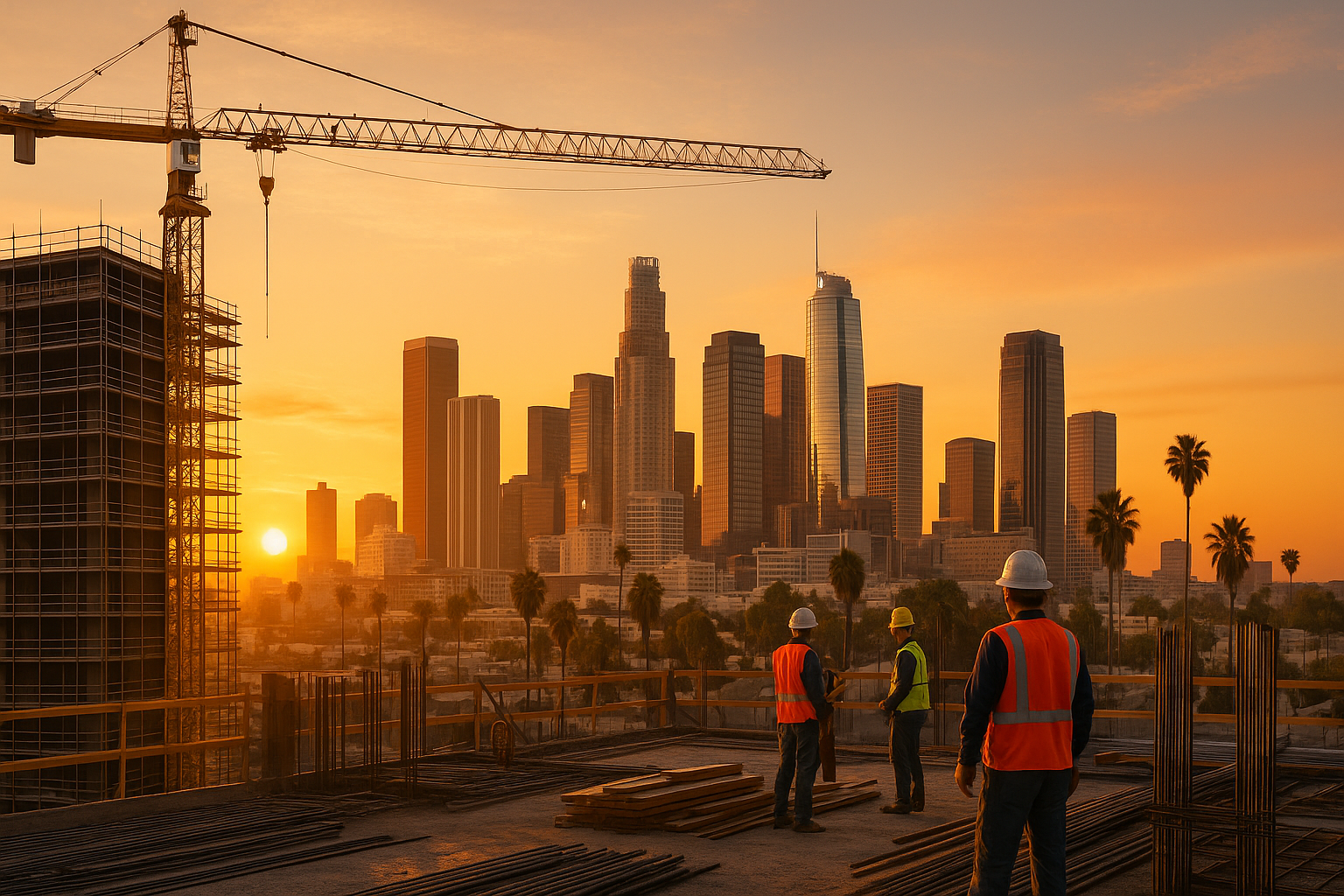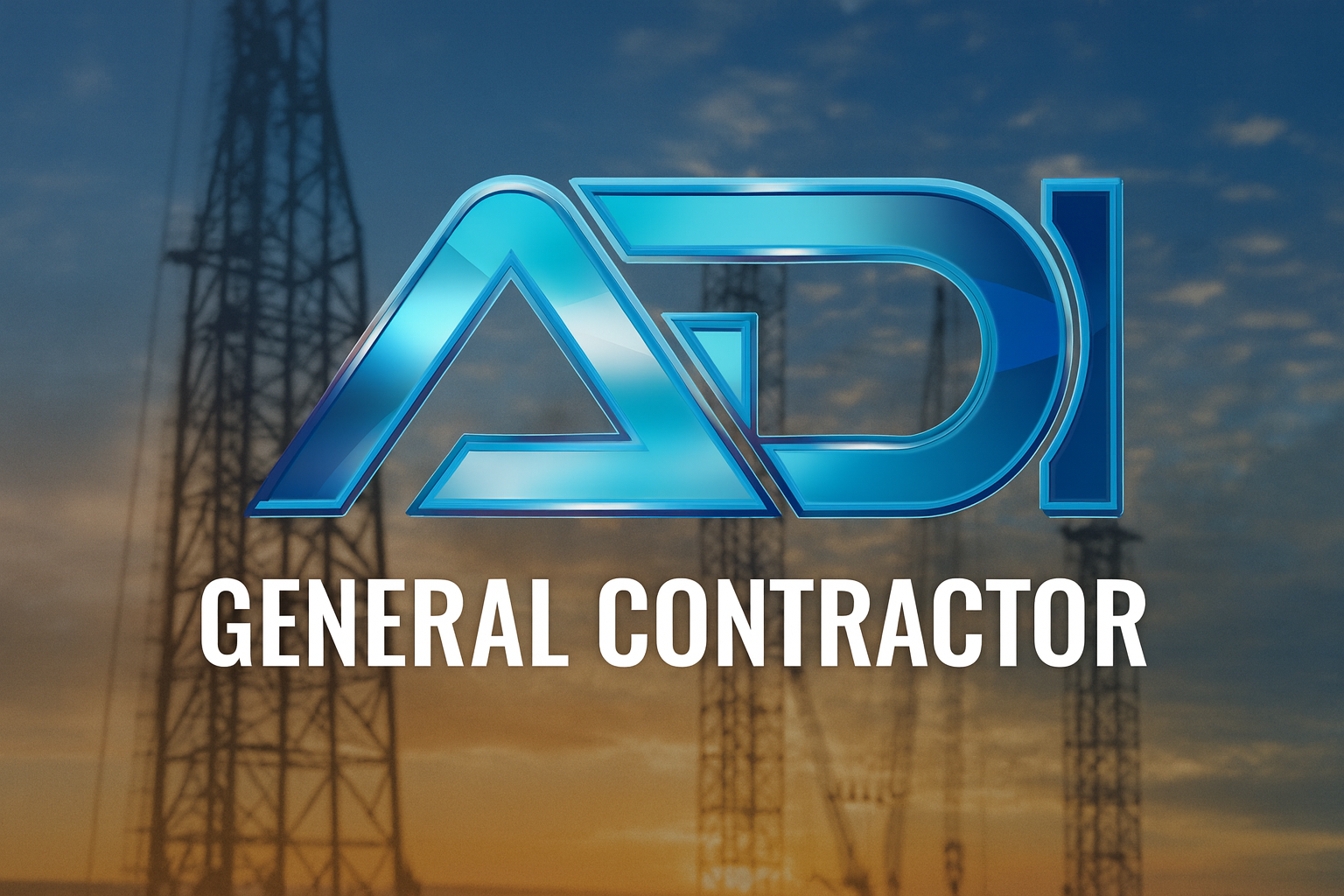September 29, 2025
The Future of Mixed-Use Developments in California
Why Mixed-Use Projects Are Key to Solving Housing, Retail, and Urban Growth Challenges.
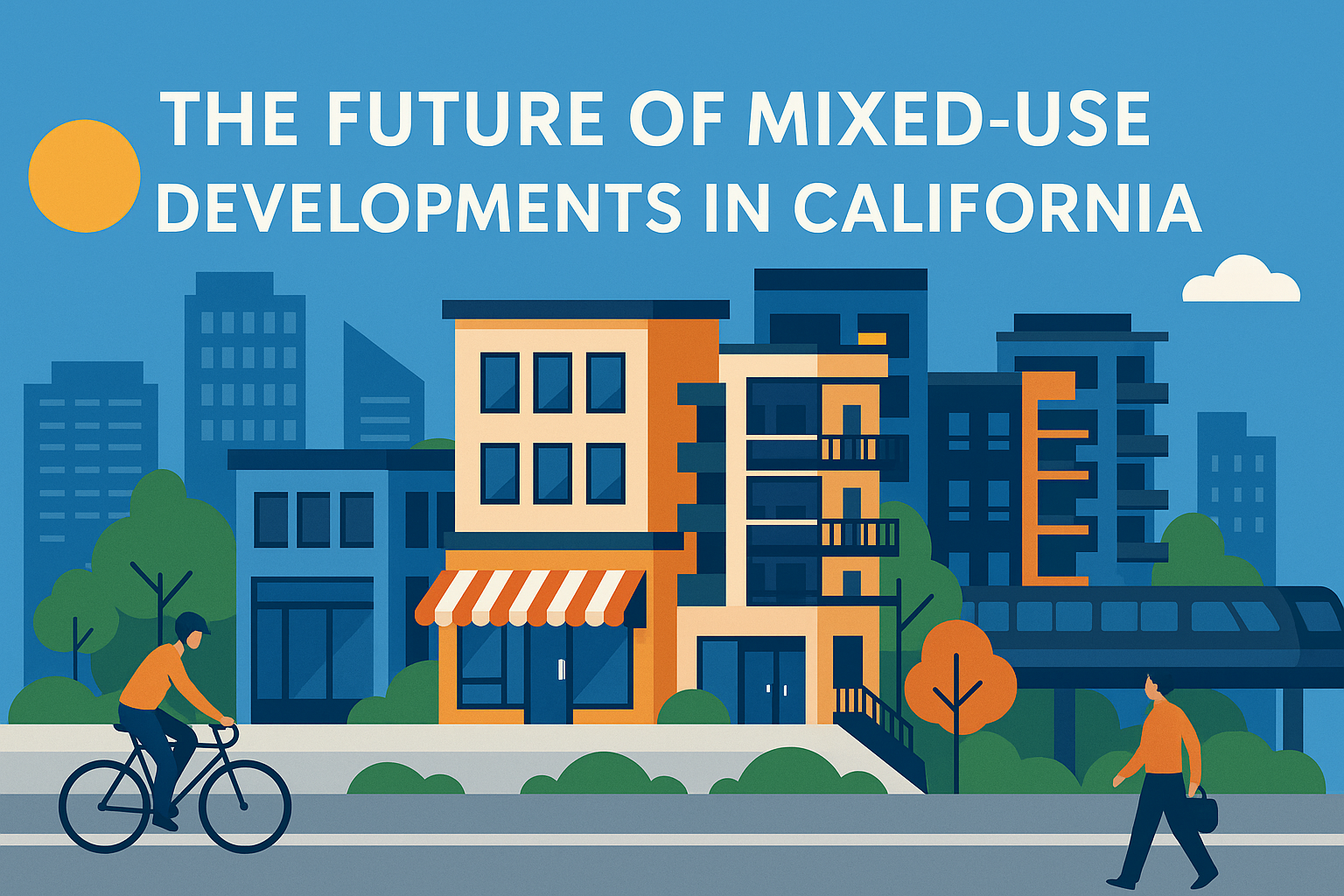
As California cities continue to face challenges in housing supply, land constraints, and evolving lifestyles, mixed-use developments are emerging as one of the most promising paths forward. Rather than segregating residential, commercial, and entertainment uses, these integrated projects offer a “live-work-play” model that’s gaining traction statewide. Below, we explore the trends, drivers, challenges, and opportunities shaping their future in California.
1. Key Trends Shaping Mixed-Use in 2025 and Beyond
Experience-Driven & Flexible Design
In 2025, mixed-use projects are focusing more on experiential design and adaptability. Spaces are no longer static: ground floors shift between cafés, galleries, pop-ups, or coworking hubs. Shared amenities (rooftop gardens, fitness zones, event halls) are becoming standard to help build community and enhance value. level3construction.com+2DLR Group+2
Designers are also embedding flexibility—spaces that can convert from retail to entertainment or office to event space depending on demand. DLR Group+2blockchangere.com+2
Transit-Oriented Development (TOD) & Walkability
One of the strongest forces accelerating mixed-use growth is transit proximity. California’s push to densify around rail corridors, transit stops, and bus rapid transit lines supports developments that reduce car dependency. JLL+4bcre.co+4Northspyre+4
Walkability and multimodal connectivity are critical—bike lanes, pedestrian plazas, and last-mile links are being integrated from the earliest stages. DLR Group+2bcre.co+2
Sustainability & ESG Integration
Environmental responsibility is no longer optional. New developments in California aim for net-zero or highly energy-efficient standards, incorporating solar systems, efficient HVAC, water recycling, green roofs, and passive design. Forbes+3Northspyre+3DLR Group+3
ESG (Environmental, Social, Governance) criteria also influence funding, insurance, and public incentives. Projects that can demonstrate social benefits—like affordable housing or community spaces—tend to receive regulatory favor. allenmatkins.com+3level3construction.com+3blog.naiop.org+3
Retail Reinvented: From Transactional to Experiential
Traditional retail is under pressure from e-commerce. In mixed-use settings, retail is increasingly about experience—think boutique food halls, immersive showrooms, fitness studios, artisan markets, and entertainment anchors rather than just stores. allenmatkins.com+3NAIOP+3blog.naiop.org+3
Co-development or partnerships with retail specialists is becoming common to better navigate the complexities of leasing and operations. blog.naiop.org+1
Repurposing & Adaptive Reuse
In dense urban cores, a growing trend is converting existing buildings—especially offices or underused retail malls—into mixed-use complexes. This hybrid approach helps revitalize neighborhoods while leveraging existing infrastructure. Economos DeWolf+2blog.naiop.org+2
For example, in Orange County, there’s movement toward converting traditional office space into mixed-use formats to respond to shifting demand. Economos DeWolf
2. California-Specific Drivers & Policy Shifts
Affordability & Housing Pressure
California’s persistent housing crisis is pushing developers and municipalities to find higher-density solutions. Mixed-use projects help maximize land efficiency while offering a mix of unit types, including affordable and workforce housing. Loeb & Loeb+2Northspyre+2
In Los Angeles, for example, developments are combining affordable housing units with commercial and retail components to help manage costs and meet community goals. Northspyre
Zoning & Legislative Incentives
Recent and proposed policy changes are making mixed-use more feasible:
- SB 79 (2025): This proposed legislation would require upzoning near transit stations, allowing 4 to 9-story housing and fast-track permitting for such projects. Wikipedia
- SB 684 (2023): Modified California’s map and subdivision laws to simplify how multifamily lots can subdivide, aiding denser development. Wikipedia
These and other zoning reforms create an environment more favorable to mixed-use, especially in transit corridors.
Signature Projects & Urban Infill
Large-scale developments are already underway in California that illustrate the direction:
- Sacramento Railyards: A 244-acre urban infill site being transformed into a dynamic mixed-use core with housing, retail, office, culture, and connectivity to surrounding districts. Wikipedia
- Habitat (Culver City): A mixed-use project combining office, residential, retail, green space, and transit access, aiming for LEED Platinum. Northspyre
- Rams Village at Warner Center: Proposed large-scale mixed-use on 52 acres including housing, hotels, retail, and open space. Wikipedia
These serve as models for how large, ambitious mixed-use developments can be designed in California’s urban settings.
3. Opportunities & Strategic Considerations
Value Diversification & Risk Mitigation
Mixed-use projects offer multiple income streams—residential rents, commercial leases, retail sales—making them more resilient in varied market cycles. NAIOP+2allenmatkins.com+2
If one component suffers (e.g. retail vacancy), others can buffer the cash flow.
Community & Place-Making as Differentiators
Projects that lean into authentic place-making—community gardens, public plazas, local culture, art installations—tend to generate stronger appeal. They position the development not just as a building, but as a destination. DLR Group+2blog.naiop.org+2
Technological Integration & Smart Infrastructure
Mixed-use environments are embracing IoT, smart building systems (lighting, HVAC, security), digital wayfinding, and integrated mobility services. These features help optimize energy use, manage foot traffic, and create seamless experiences. blockchangere.com+2level3construction.com+2
Phasing & Scalability
Because mixed-use developments are complex, breaking them into thoughtfully phased stages helps manage cost, design risk, community response, and market absorption. Developers often start with residential + retail and scale to larger retail/office components.
4. Challenges & Pitfalls to Watch
- Leasing Complexity & Tenant Mix: Retail, office, and residential tenants have very different needs and timelines. Successful execution often requires retail or leasing specialists. blog.naiop.org+2allenmatkins.com+2
- Design & Engineering Integration: Mechanical, plumbing, structural, and circulation systems must be coordinated across multiple uses—this raises cost and complexity.
- Regulatory & Approval Risk: Even with incentives, local opposition, parking, and code compliance issues can delay or block approvals.
- Market Volatility: If one segment (say retail) drops, it can affect overall viability. Diversification helps, but risk remains.
- Cost & Infrastructure Upgrades: Infill developments often require upgrading utilities, streetscapes, and transit linkage, which can escalate budgets.
5. Looking Ahead: What to Expect in the Next Decade
- “24/7” Mixed-Use Communities: Developments increasingly support round-the-clock activity—residents, shoppers, diners, office workers—making the space vibrant in all hours. REBusinessOnline+1
- More Adaptive & Modular Architecture: Buildings that can adapt over time—units that reconfigure, glass walls that shift, modular facades—will grow in popularity. DLR Group+1
- Greater Emphasis on Social Equity: Mixed-use projects will likely be judged not just on profitability but on how they provide affordable housing, public access, and community benefit.
- Integration with Mobility as a Service (MaaS): Seamless transit, micro-mobility (e-scooters, bikes), autonomous shuttles; mobility will be embedded.
- Data-Driven and AI Optimization: From energy efficiency to occupancy prediction, analytics and AI will guide operations and design decisions.
The Bottom Line
California’s future urban landscape is headed toward mixed-use, transit-integrated, sustainable communities. For developers, the advantages are clear: better land value, diversified income, greater resilience, and stronger market alignment with changing lifestyle preferences. But success depends on meticulous planning, design innovation, and strategic partnerships.
At Ayala Development Inc., we’re watching these trends closely and preparing to deliver mixed-use projects that can thrive in this evolving environment. If you’re exploring a mixed-use idea, whether in Los Angeles, the Bay Area, the Inland Empire, or beyond, let’s start the conversation.


